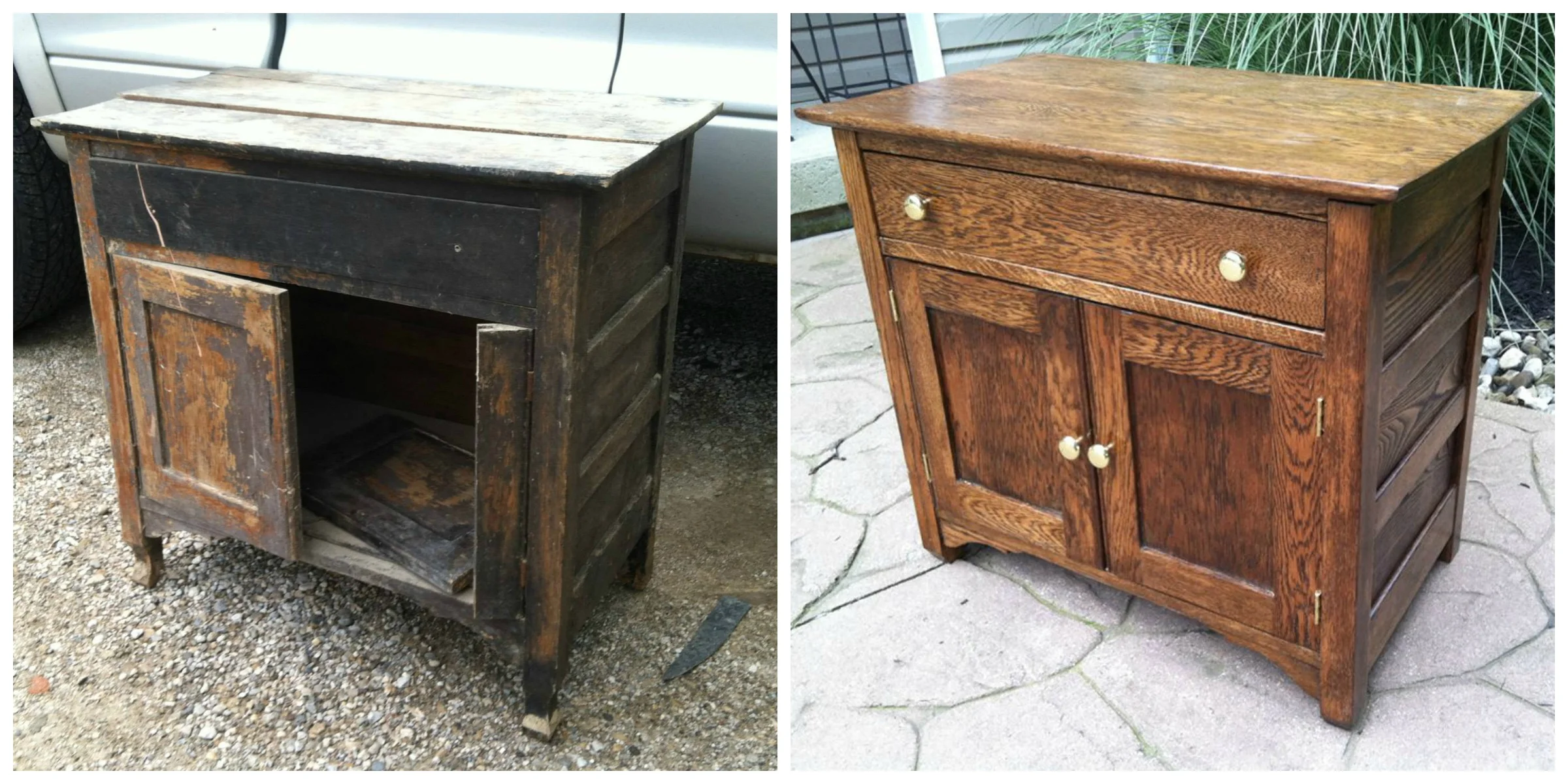Pulse of Information
Stay updated with the latest news and insights.
Furniture Revival: Breathe New Life into Old Treasures
Transform your old furniture into stunning treasures! Discover easy, creative tips to breathe new life into your beloved pieces.
10 Creative Ways to Upcycle Vintage Furniture
Upcycling vintage furniture is not only an eco-friendly choice but also a way to showcase your unique style. Here are 10 creative ways to breathe new life into those beloved pieces. First, consider transforming a dated dresser into a stylish bathroom vanity by repurposing the top to accommodate a sink and adding new plumbing fixtures. Second, turn an old chair into a quirky plant stand; a touch of paint and a succulent can create a beautiful focal point for your home.
Next, give a vintage trunk a makeover by refurbishing it into a chic coffee table. You can add some new legs or a glass top for a modern twist. For your dining room, consider using mismatched vintage chairs around a contemporary table for a playful contrast that exudes character. Finally, don’t underestimate the power of paint—whether it’s a bold color or a soft pastel, a fresh coat can completely change the look of any piece. By exploring these creative ways to upcycle vintage furniture, you can create stunning, personalized decor that tells a story.

Essential Tips for Restoring Antique Furniture
Restoring antique furniture requires a careful approach to preserve its character while ensuring durability. Start by assessing the piece thoroughly, identifying any damage such as scratches, breaks, or worn finishes. It’s essential to take notes on these issues and research the original materials and techniques used, as this knowledge will guide your restoration process. If the piece is in particularly bad shape, consider consulting a professional restorer or antique expert to get a clearer understanding of how to proceed.
Once you have a plan in place, begin the restoration by cleaning the furniture meticulously. Use a gentle cleaner to remove dirt and grime, avoiding harsh chemicals that can strip away the finish. After cleaning, you may need to refinish the piece: this can involve sanding down the old finish, applying a new stain or varnish, and polishing to achieve a beautiful sheen. Throughout the process, remember to document your work, as this can add value and interest to the antique for future generations.
How to Choose the Right Paint for Your Furniture Revivals
Choosing the right paint for your furniture revivals is essential to achieving a stunning, durable finish. First, assess the type of furniture you are working on. Wood, metal, and plastic each require specific paint formulations to ensure proper adhesion and longevity. For example, chalk paint offers a matte finish perfect for wood surfaces, while spray paint can be ideal for metal or plastic items. Additionally, consider the intended use of the furniture; high-traffic items might benefit from a so-called hard finish for added durability.
Next, think about the color and finish that will best complement your space. Glossy finishes provide a modern look, while matte finishes can lend a rustic charm. Don't forget to test samples before committing; applying a small amount on a hidden area will allow you to see how the paint interacts with the original surface. Lastly, consider eco-friendly options such as low-VOC or zero-VOC paints, which are better for both your health and the environment. By following these guidelines, you can successfully select the right paint for your furniture revivals, ensuring they are not only beautiful but also long-lasting.